Oleophobic hydrophobic magnetic sponge selectively soaks up oil, sparing water and wildlife
Green Car Congress
MAY 29, 2020
A Northwestern Engineering-led team has developed a highly porous smart sponge that selectively soaks up oil in water. Oil spill clean-up is an expensive and complicated process that often harms marine life and further damages the environment. Skimmers don’t work in rough waters or with thin layers of oil. —Vikas Nandwana.

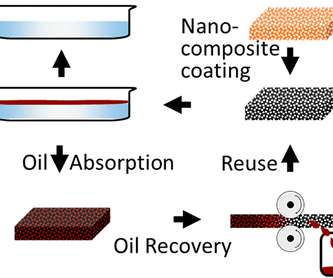





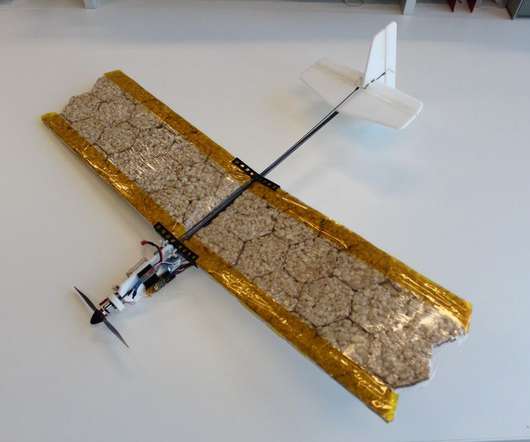



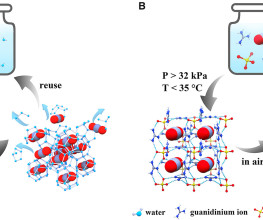




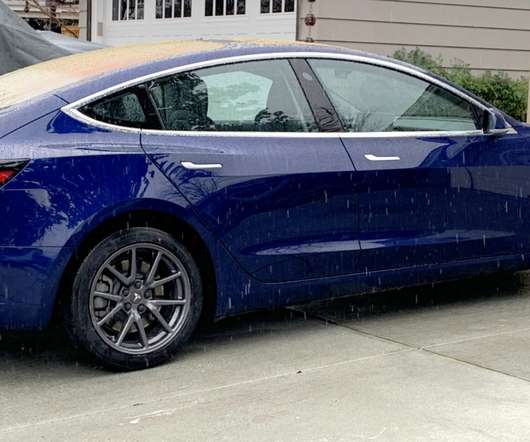

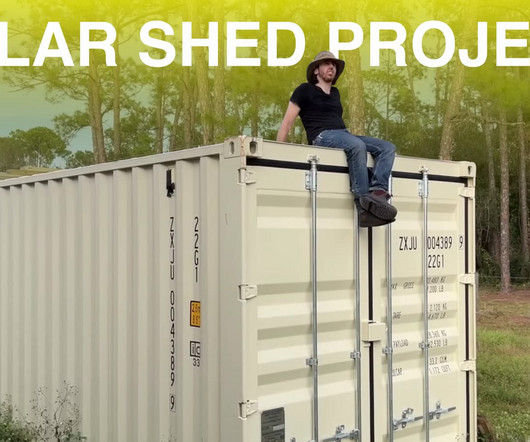






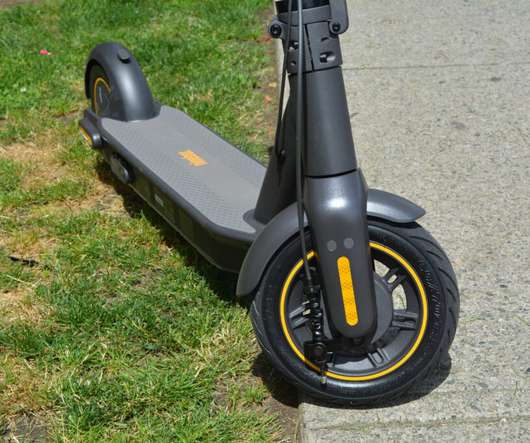













Let's personalize your content